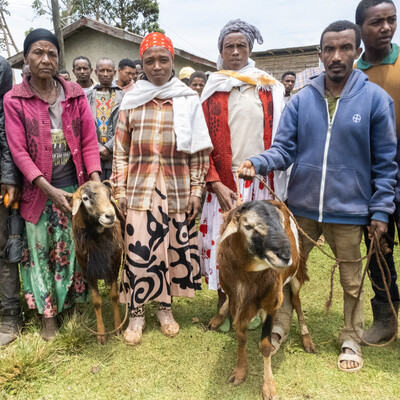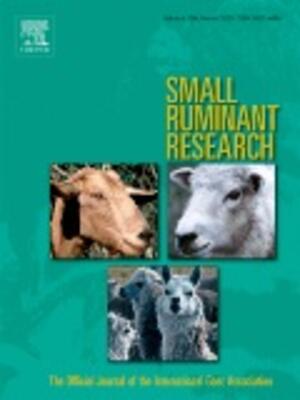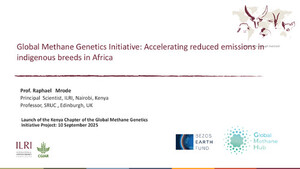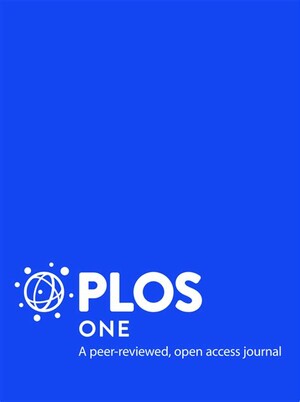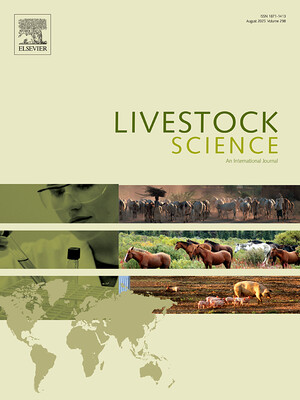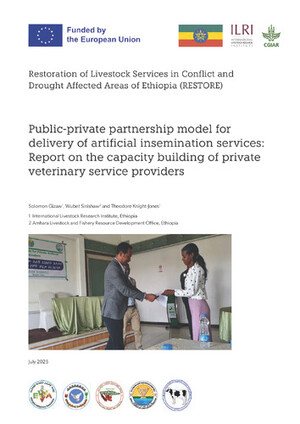
Capacity building for sustainable use of animal genetic resources in developing countries
Animal Genetic Resources, a pathway out of poverty
At the dawn of the 21st century more than 1.2 billion people live in extreme poverty, while 850 million are chronically hungry and the number is rising. Most of these people are found in sub-Saharan Africa, and South and East Asia. To arrest this trend, the Millennium Development Goals (MDG) of the United Nations (UN 2004) set an overall objective to reduce the proportion of people who are extremely poor and hungry by 50% by the year 2015. Development and sustainable use of Animal Genetic Resources (AnGR), especially if targeted to the poor, provides a pathway to achieving the goals.
ILRI, in its strategy to 2010 (ILRI 2003), identified activities in livestock research and development (R&D) for developing countries, which focus on poverty reduction, food and nutritional security and environment and human health. However, efficient long term strategies and operational breeding schemes for increased future food production while maintaining genetic diversity require good knowledge of production and market systems, socio-economic and cultural values, and appropriate application of genetic principles to livestock improvement.
Current situation in developing countries and needs identified
- Few cases of functional breeding programs exist, but many attempts have failed
- Weak institutional development and access to knowledge in applied genetics and animal breeding
- Limited and unbalanced capacity to undertake effective training at universities in applied genetics and animal breeding
- Competition and boundaries between countries and institutions limit exchange of knowledge and information.
- Lack of, or inadequate national policies related to animal breeding
- Extensive capacity building necessary for a sustainable use and conservation of AnGR
An innovative approach to addressing needs
ILRI in collaboration with the Swedish University of Agricultural Sciences (SLU), and supported by Sida (Sweden), launched a project with the objective to strengthen subject knowledge, as well as teaching and communication skills, of scientists involved in teaching and supervising graduate students in animal breeding and genetics in developing countries. The ultimate objective is contributing to a sustainable use of animal genetic resources, and thereby contribute to food security, poverty alleviation and improved environmental management.
Project idea
Training the trainers, i.e. NARS scientists (national university teachers and researchers) responsible for research on and training of animal breeding and genetics to students at BSc, MSc and PhD levels in developing countries. Each teacher/researcher given refresher training would, with the improved knowledge, awareness and skills, reach out to a large number of students and colleagues in their home institutions. The effect is thereby multiplied because students use and further spread the knowledge during their professional careers.
Regions covered in Training Course
- Eastern and Southern Africa (2000) - 20 participants from 10 countries
- Western and Central Africa (2001) - 18 participants from 10 countries
- A-AARNET course in Africa (2006) - 19 participants from 9 countries
- South East Asia (2003) - 18 participants from 9 countries
- South Asia (2006) - 20 participants from 6 countries
Training package
- Review of current status and needs at regional level through questionnaires and country visits
- Planning workshop together with regional scientists
- Producing training materials (Web and CD)
- Arranging three-week courses for “trainers”; courses where training in animal breeding and animal genetic resources are combined and integrated with training in teaching methodologies and science communication.
- Follow-up workshops to share experiences and impact
Training Resource
- Available both on the Internet and as a CD
- Variety of materials for information and learning
- Contributions by NARS scientists from developing countries
- Links to other relevant web resources easily available
- Useful tool for university teachers and researchers
Outcomes
- Enrichment in terms of knowledge and shared experiences
- Knowledge and skills gained used to influence national programmes, and drafting the State of the World’s (SoW) AnGR country reports
- Immediate responses through improved teaching and science communication
- Curriculum review in Animal Science catalyzed, e.g. at Nairobi University, Kenya, and at the University of Bhutan
- Special training courses for scientists requested by A-AARNET to enhance capacity to implement donor (EU)-funded projects in AnGR
- Improved collaboration with other countries (Networking)
- Electronic networks formed by particpants in the project, e.g. ‚AFRIB’ in Africa (maiser@idpi1.agric.za) and ‚SAGDG’ in South Asia (sa-genetics@googlegroups.com) are platforms for information exchange on AnGR,
- Databases emphasized through the AGTR (e.g. DAD-IS. DAGRIS …)
- Project idea adopted as model to be emulated by the Forum for Agricultural Research in Africa (FARA) in its Building African Scientific and Institutional Capacity (BASIC) initiative
Next Action
- Expanded regional approaches to Capacity building
- Catalyse jointly arranged post-graduate training programs on AnGR on a regional basis run by NARS
- Catalysis and facilitation for formulation of trans-boundary breeding strategies and conservation programmes
- Information access and capacity enhancement of frontline staff, development agencies and extension agents in AnGR
- Monitor new developments and progress made in AnGR training and research by participants in the previous courses






